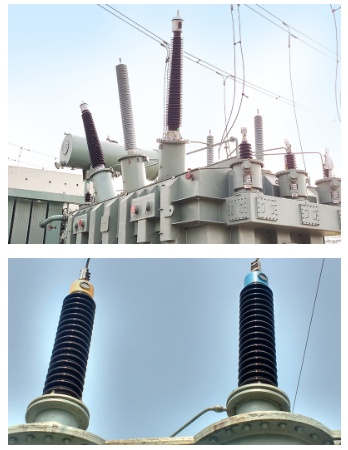In order to transport a conductor through a metallic component, bushings are insulating parts. They are employed in a wide range of electrical devices, such as motors, capacitors, circuit breakers, and transformers.
Typically, a bushing is a hollow ceramic tube through which a conductor travels. Insulation between the conductor and the surrounding metal is provided by the ceramic. For further dielectric strength, bushings may also be filled with an insulating liquid, such as oil or glue.
There are many different sizes and ratings for bushings. The diameter of the conductor that the bushing will carry determines its size. The maximum voltage that a bushing can withstand determines its rating.
Many electrical systems depend on bushings as a critical component. They offer a dependable and secure method for transporting high-voltage conductors.
Here are some examples of the various bushing types:
Non-condenser bushings: Low-voltage applications employ these bushings. They do not act as a capacitor between the conductor and the ground since they are filled with air or oil.
Condenser bushings: In high-voltage applications, these bushings are used. They create a capacitor between the conductor and the ground when they are filled with oil or another insulating liquid. This capacitor aids in dampening transient voltages and enhancing the bushing's functionality.
These bushings are intended to limit the amount of electricity that can pass through them. This is crucial for applications where arcing or other electrical issues could occur.
Bushings made to endure high temperatures are known as high-temperature bushings. They are utilised in settings with high ambient temperatures or in which the bushing may be exposed to heat from other components.
Many electrical systems depend on bushings as a critical component. They offer a dependable and secure method for transporting high-voltage conductors. You can select the ideal bushing for your unique needs by being familiar with the various bushing types and their applications.
The following are a few advantages of employing bushings:
Bushings offer a secure method of transporting high-voltage conductors.
Bushings are a dependable method of transferring electrical power.
Bushings are resilient and able to tolerate extreme conditions.
Bushings are a cost-effective method of transferring electrical power.
If you are looking for a safe, reliable, and durable way to transfer electrical power, then bushings are a good option.


No comments yet